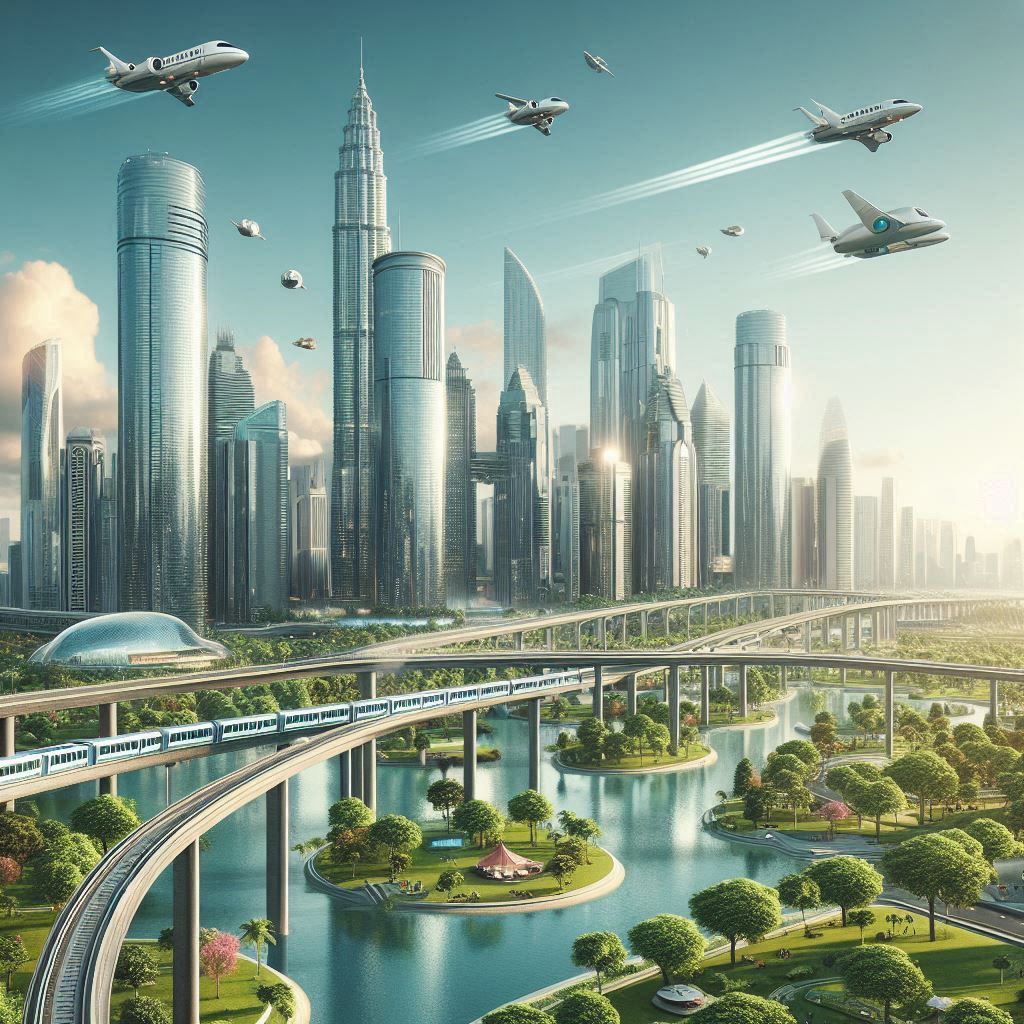Introduction
The World Bank’s World Development Report (WDR) of 1994, titled “Infrastructure for Development,” asserts that “Infrastructure constitutes, if not the engine, then the ‘wheels’ of economic activity.” This highlights the essential role infrastructure plays in driving economic growth and development. According to the WDR, there is a significant correlation between the availability of basic infrastructure and economic development, measured by GDP. Specifically, a 1% increase in infrastructure stock corresponds with a 1% increase in gross domestic product (GDP) across all countries.
The Importance of Infrastructure in India
India, being the world’s seventh-largest country by land area and the second most populous country, places immense importance on its infrastructure sector for overall growth. The Indian government has prioritized implementing regulations to ensure the timely production of world-class infrastructure. According to the World Bank, India could potentially increase its GDP by an additional 2% through the development of suitable infrastructure. Key areas within the infrastructure sector include power, bridges, dams, roads, railways, and urban infrastructure development.

Investment in Infrastructure
Future development relies on significant investments in infrastructure, which can be achieved through various means:
- Public Investment: Government-funded projects and initiatives.
- Public-Private Partnerships (PPPs): Collaborations between government and private entities to fund and manage infrastructure projects.
- Private Investments: Exclusive investments in specific sectors by private companies.
Major Contributor – Transportation Infrastructure
Overview of Transportation Networks
A robust and efficient transportation system is crucial for a country’s long-term economic success. India boasts an extensive and well-developed transportation network that includes:
- Roads: One of the world’s largest road networks, approximately 30 lakh kilometers in length.
- Railways: The largest railroad network in Asia and the fourth-largest globally, with around 63,000 km of rail routes, including 13,000 km electrified.
- Coastal Shipping: Major ports such as Calcutta, Mumbai, Chennai, Vishakhapatnam, and Goa handle about 90% of sea-borne trade.
- Air Transportation: A comprehensive network of aviation routes connecting major cities and international destinations.
Government Initiatives and Budget Allocation
The Indian government has allocated Rs. 233,083 crore (US$ 32.02 billion) in the Union Budget 2021 to enhance transportation infrastructure. Key initiatives include:
- National Infrastructure Pipeline (NIP): An increase in the number of projects to 7,400.
- Completed Projects: 217 projects worth Rs. 1.10 lakh crore (US$ 15.09 billion) completed as of 2020.
- Monetization of Assets: Plans to monetize assets such as Dedicated Freight Corridors, station rehabilitation through PPPs, and other railway assets.
- Power Distribution Sector Scheme: An allocation of Rs. 305,984 crore (US$ 42 billion) for a revamped power distribution sector scheme with private sector participation.
Challenges and Future Prospects
Constraints in Infrastructure Development
Despite significant progress, India faces major constraints in infrastructure development, including:
- Population Pressure: The growing population adds to the demand for infrastructure services.
- Deterioration of Physical Environment: Environmental challenges impact the quality and sustainability of infrastructure.
- Quality of Life: Improving infrastructure quality is essential for enhancing living standards.
Bridging the Gap
To achieve the desired GDP growth and enhance economic prosperity, India must address the growing gap between the demand and supply of key services and infrastructure. Focused efforts in closing this gap will be crucial for sustaining long-term economic growth.
Conclusion
Infrastructure is a fundamental driver of economic growth and development. By investing in and improving various infrastructure sectors, particularly transportation, India can boost its GDP and support overall economic prosperity. The government’s ongoing initiatives and investments are vital steps toward achieving these goals, but continued efforts are needed to overcome existing challenges and ensure sustainable development.
About 405 Gyp Aggregates Co.
At 405 Gyp Aggregates Co., we are committed to supporting infrastructure development through the provision of high-quality, environmentally friendly construction materials. Our products, including cement, putty, and high-quality stainers, contribute to the successful execution of infrastructure projects, helping to build a robust foundation for India’s growth and development.
